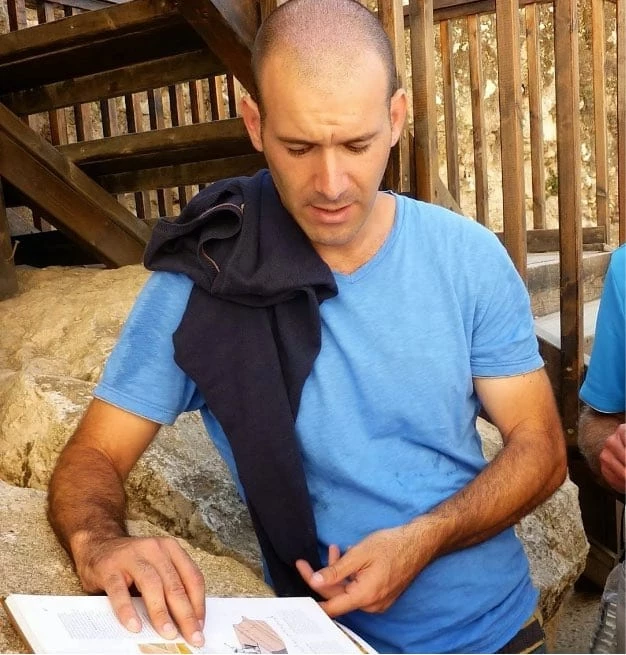In the heart of Jerusalem, a site of profound religious significance holds the remains of one of the most revered figures in Christianity—the Tomb of the Virgin Mary. Moreover, this sacred location, also known as the Tomb of the Blessed Virgin Mary, is shrouded in centuries of faith, devotion, and contemplation.
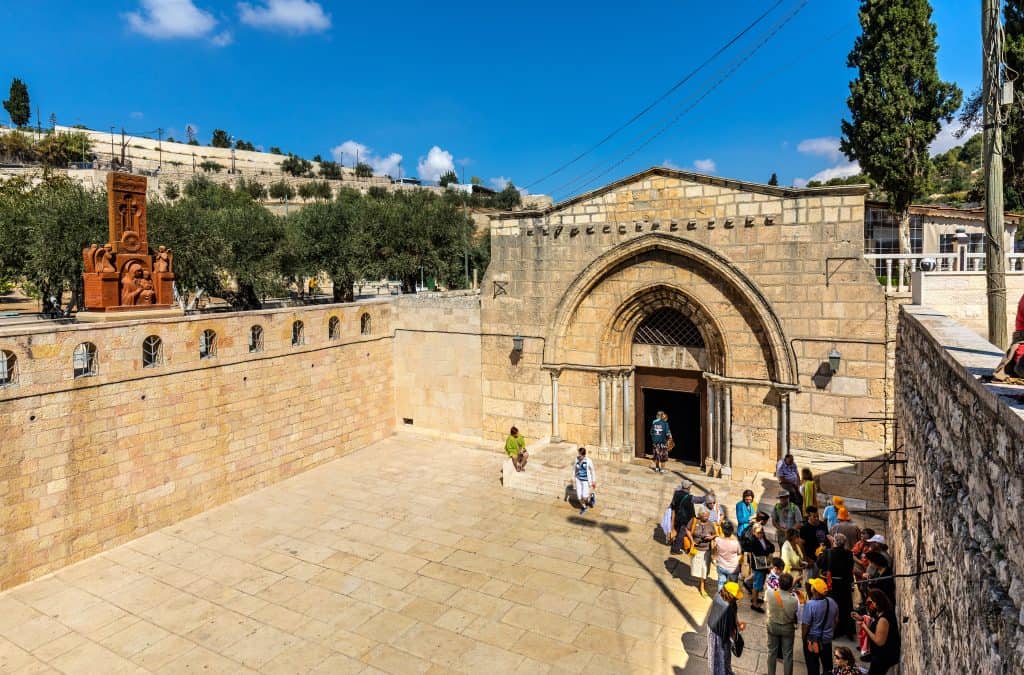
A Sanctuary of Spiritual Reflection
Nestled within the Kidron Valley, the Tomb of the Virgin Mary is believed by many to be the final resting place of Mary, the mother of Jesus. So, pilgrims and believers worldwide have come to this tranquil sanctuary for centuries to pay their respects and connect with the spiritual legacy Mary left behind.
Jerusalem Ultimate Guide
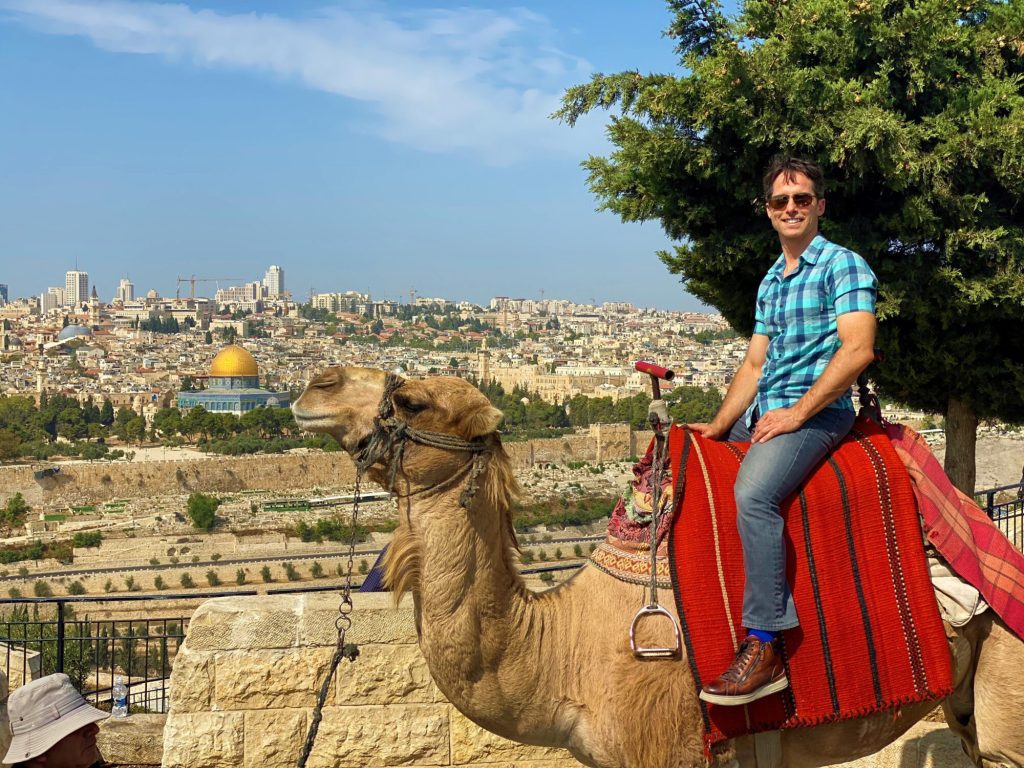
Biblical Significance
Moreover, Mary holds a special place in the Christian tradition, being the mother of Jesus Christ. Her life and role in the life of Jesus are intertwined with the sacred narrative of Christianity. As such, the Tomb of the Virgin Mary is considered a place of deep reverence, where believers can reflect on her devotion, sacrifice, and unwavering faith.
A Symbol of Hope and Belief
For believers, the Tomb of the Virgin Mary symbolizes hope and belief in the promises of faith. Many view it as a place of solace, where prayers and petitions are offered, seeking spiritual guidance, comfort, and mediation. The atmosphere exudes reverence, inviting visitors to contemplate their faith journey.
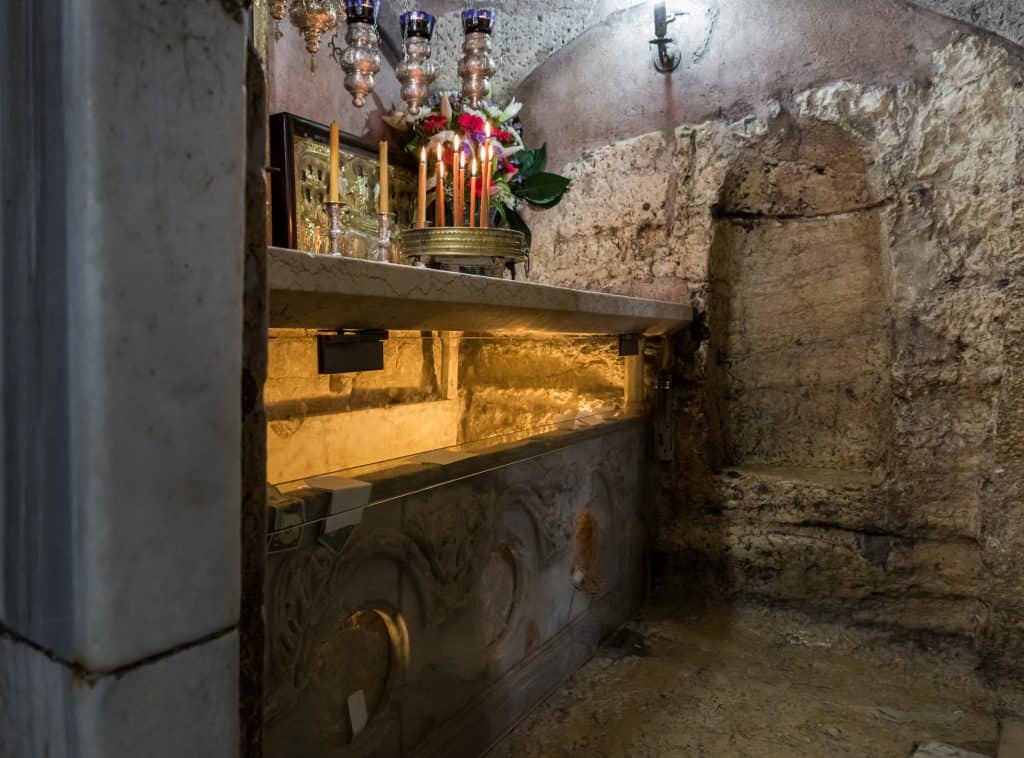
Centuries of Pilgrimage
So the tradition of pilgrimage to the Tomb of the Virgin Mary spans centuries, drawing pilgrims from various Christian denominations and backgrounds. This shared reverence for Mary’s legacy fosters a sense of unity among believers who come to pay homage to the woman who played a pivotal role in the story of salvation.
Jerusalem Old City Tour
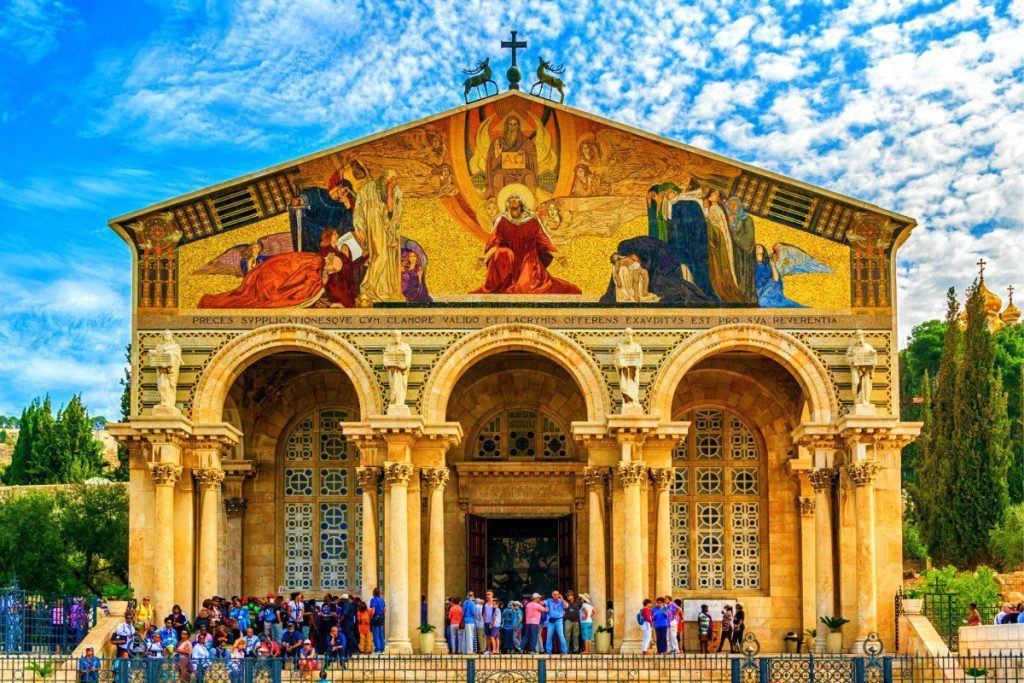
Historical Resilience
The Tomb of the Virgin Mary has endured the tests of time and historical shifts, standing as a testament to the enduring faith of generations. Despite the challenges faced by Jerusalem over the years, this sacred site has remained a beacon of spiritual devotion and a constant reminder of the enduring power of faith.
Christian Holy Land Four Day Tour
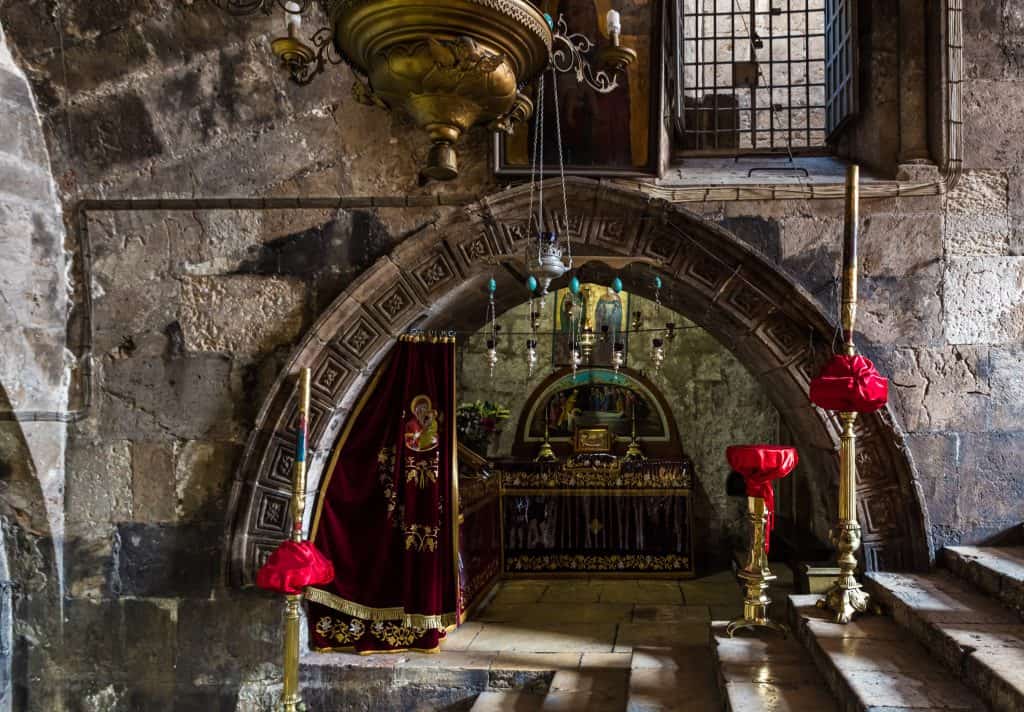
A Place of Encounter
Last, visiting the Tomb of the Virgin Mary offers a unique spiritual encounter and reflection opportunity. Furthermore, the atmosphere is one of tranquility and contemplation, where visitors can pause from the bustling city and immerse themselves in a moment of connection with the divine.
Christian Holy Land Seven Day Tour
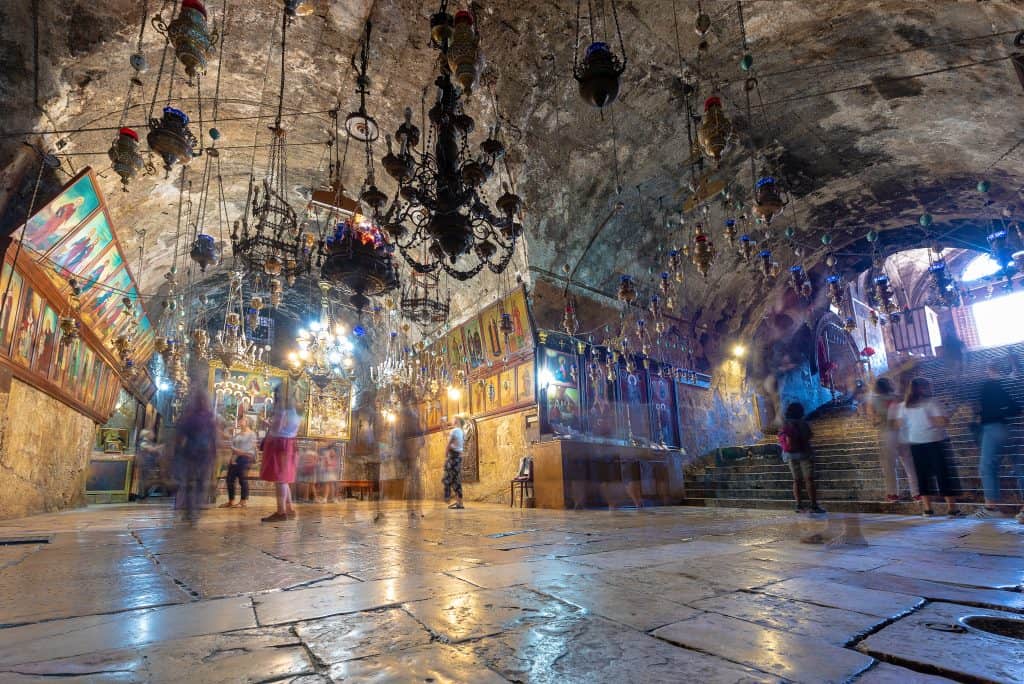
A Pilgrimage of the Heart
So whether you’re a believer seeking a profound spiritual experience or an admirer of history and culture, the Tomb of the Virgin Mary in Jerusalem invites you on a pilgrimage of the heart. So, as you stand before this sacred site, you’re not just witnessing an ancient tomb; you’re connecting with the essence of faith, devotion, and the enduring impact of Mary’s life on the world.

